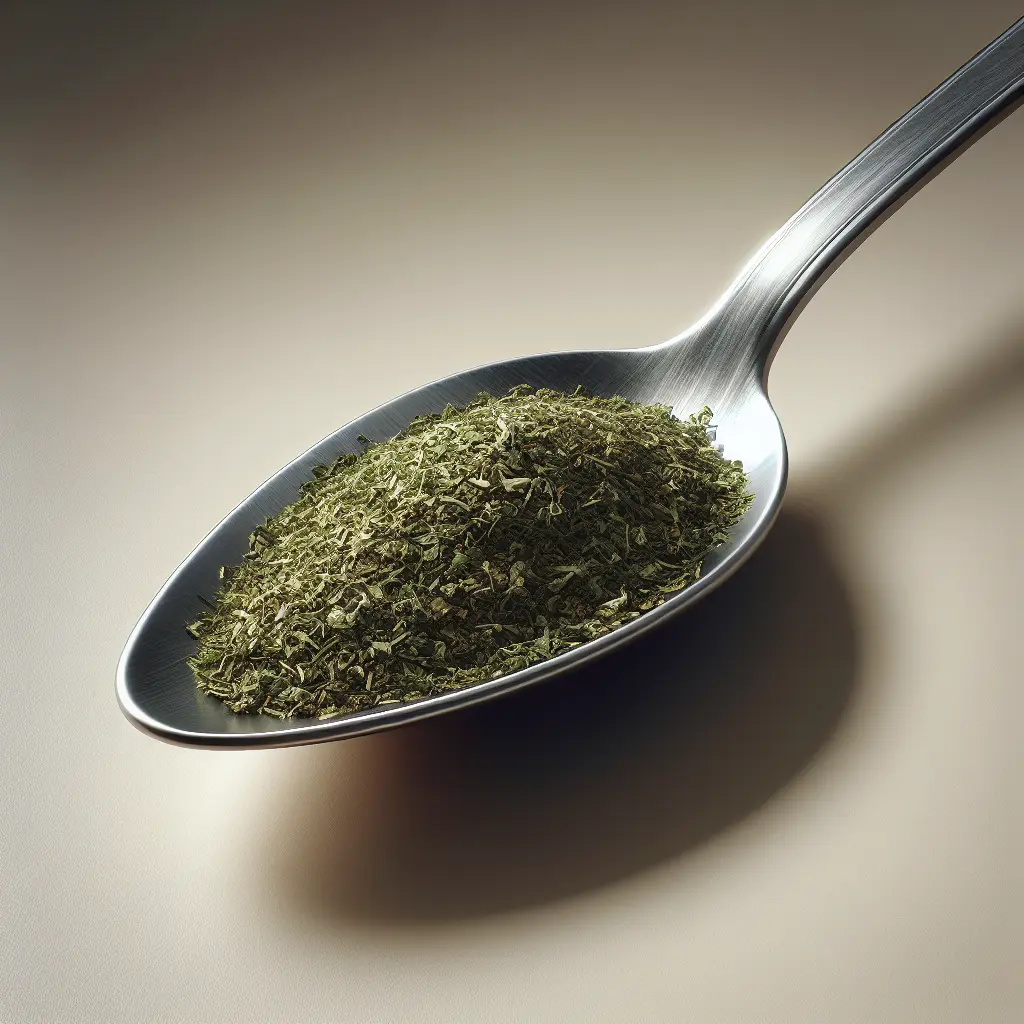A Herb's Journey Through Time: Dill's Culinary Legacy
Dill, a member of the Apiaceae family, has graced the pages of culinary history for millennia. Its origins can be traced back to the Mediterranean region, where it was prized for its medicinal and culinary properties. Ancient Egyptians used dill to treat digestive ailments and promote sleep, while the Romans incorporated it into their flavorful dishes.
Over time, dill's popularity spread throughout Europe, where it became a staple in both savory and sweet preparations. In the Middle Ages, dill was used to preserve meat and vegetables, while in the Renaissance, it found its way into herbal remedies and culinary creations.
Today, dill continues to enchant culinary enthusiasts worldwide, adding its distinctive flavor to a myriad of dishes. From the dill-infused gravlax of Scandinavia to the aromatic pickles of Central Europe, this herb's versatility knows no bounds.
Dill: A Symphony of Health and Flavor
Not only does dill tantalize our taste buds, but it also packs a nutritional punch. This unassuming herb is a rich source of vitamins and minerals, including vitamin C, vitamin A, iron, and calcium. It is also a good source of dietary fiber, which supports a healthy digestive system.
- Vitamin C: Dill is an excellent source of vitamin C, an antioxidant that helps protect cells from damage and boosts immunity.
- Vitamin A: This herb is also a good source of vitamin A, which is essential for healthy vision, skin, and immune function.
- Iron: Dill contains iron, a vital mineral for oxygen transport and red blood cell production.
- Calcium: This herb is a good source of calcium, which is important for strong bones and teeth.
- Dietary Fiber: Dill is a good source of dietary fiber, which helps promote digestive health and regularity.
With its low-calorie content and high nutritional value, dill makes a smart addition to a balanced diet.
Culinary Adventures with Dill: A Herb's Embrace
Dill's culinary versatility shines in a wide range of dishes, from savory to sweet. Its fresh, slightly peppery flavor complements a variety of ingredients, making it a welcome addition to both simple and elaborate creations.
- Seafood: Dill is a natural pairing for seafood, particularly salmon, trout, and herring. It enhances the delicate flavors of fish without overpowering them.
- Salads: Dill adds a refreshing touch to salads, whether green, potato, or pasta-based. Its delicate flavor complements the crispness of vegetables and the richness of dressings.
- Sauces: Dill is a key ingredient in many sauces, such as tartar sauce, dill mayonnaise, and tzatziki. It adds a herbaceous freshness that balances the richness of these sauces.
- Pickles: Dill pickles are a classic culinary delight, combining the tangy crunch of cucumbers with the aromatic essence of dill.
- Baked Goods: Dill's flavor can even be incorporated into baked goods, such as breads, muffins, and cookies. Its subtle yet distinct notes add a unique twist to these treats.
Whether used fresh, dried, or pickled, dill has the power to transform ordinary dishes into extraordinary culinary experiences.
How many calories are in Dill Dried?
Each 1 tsp of Dill Dried contains 2.5 calories.
Dill Dried Nutritional Information
| Nutrient | Amount per 1 tsp (1g) |
|---|---|
| Calories | 2.5 Calories |
| Protein | 0.2g |
| Fat | 0g |
| Saturated Fat | 0g |
| Cholesterol | 0mg |
| Carbohydrates | 0.6g |
| Dietary Fiber | 0.1g |
| Sugar | g |
| Sodium | 0.0021mg |
| Potassium | 0.0331mg |
| Calcium | 0.018mg |
| Iron | 0.0005mg |
